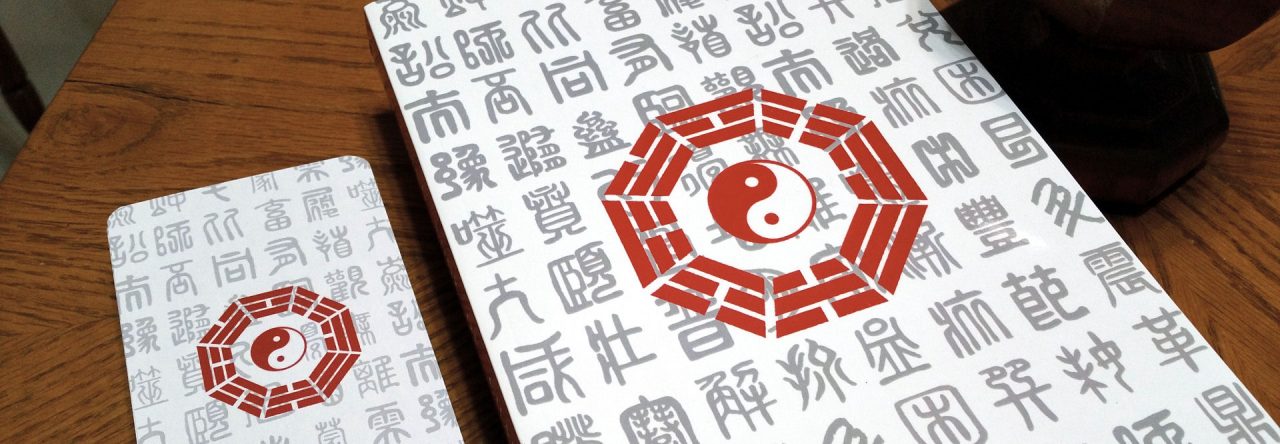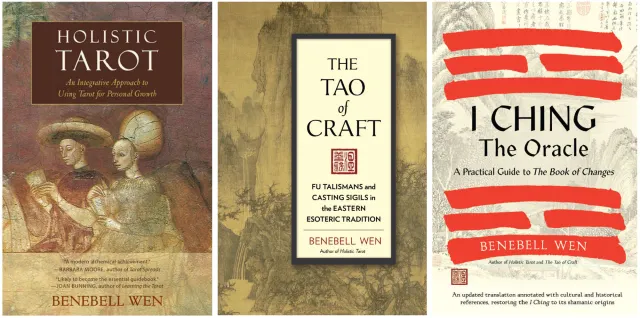Also known as the: 三皇文 (sān huáng wén); 三皇經 (sān huáng jīng); 三皇内文 (sān huáng nèi wén); Version transmitted to Ge Hong: 小有三皇文 (xiao you sān huáng wén)
Is the Seal of the Nine Immortal Realms 九老仙部印圖 from the Secret Book of the Three Sovereigns 三皇內文遺秘, which is now canonized in the Daozang, or Taoist Canons, part of the lost, legendary grimoire, the Book of the Three Sovereigns 三皇文?
According to lore, during the Three Kingdoms Era (220 – 280 AD), the Taoist mystic and later an ascended master Bó Hé 帛和 finds this text buried inside a stone wall atop Mount Xīchéng 西城山. From Bó Hé’s teachings arose of the earliest traditions of Taoist magic: the School of Bó Taoism 帛家道 (bó jiā dào), or The Way of Bó. Popular among the upper class during the Jin (266 – 420 AD) and Wei (386 – 534 AD) dynasties in the northern central plains of China, the tradition focused on study of the Book of Three Emperors and formulated their own approach to talismanic magic, invocation of gods, and alchemy.
Then, around 300 AD, atop Mount Songshan 嵩山, the Taoist occultist Bao Liang 鲍靓 receives this text painted on silk, as transmitted to Bó Hé. Bao Liang was a renowned master of various occult practices, from astrology and alchemy to necromancy. He married his daughter Bao Gu to the alchemist Ge Hong.








